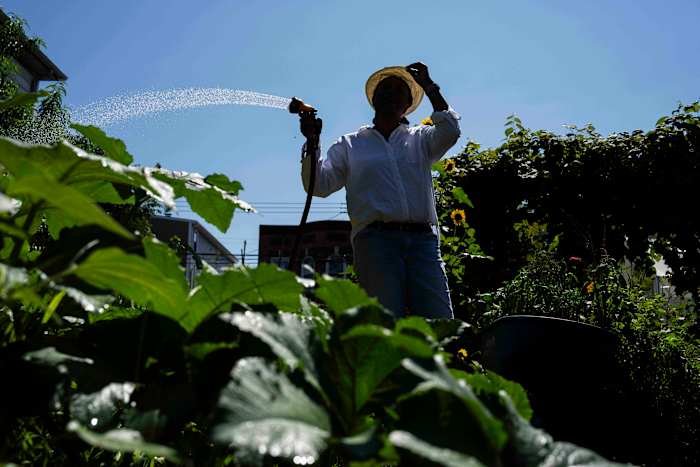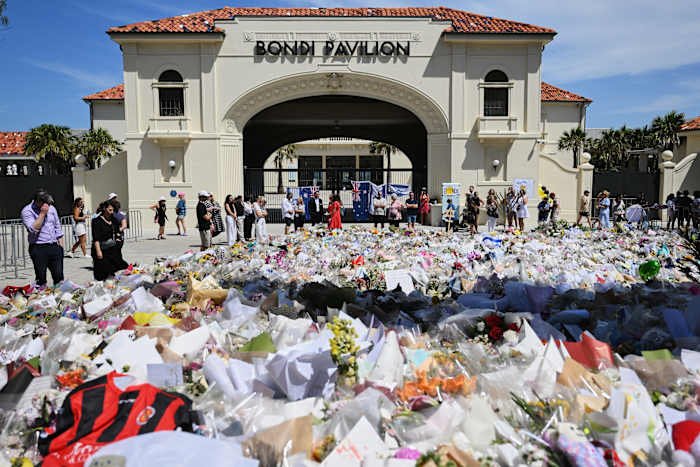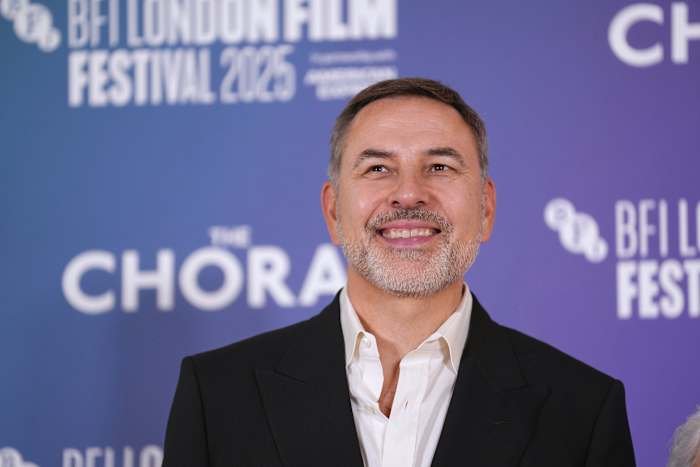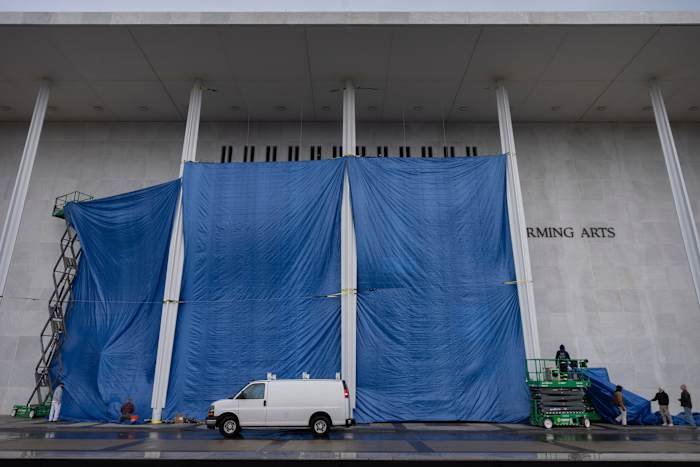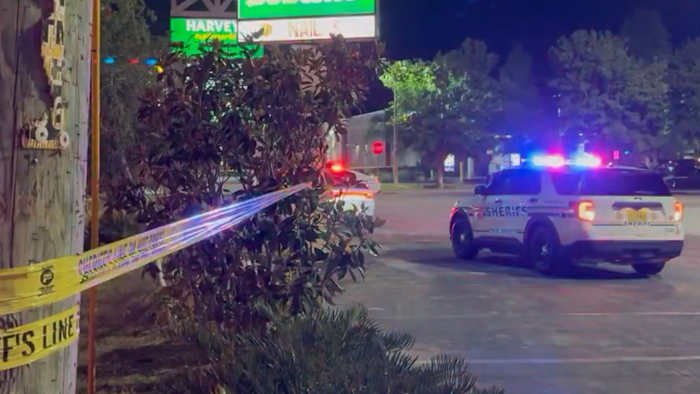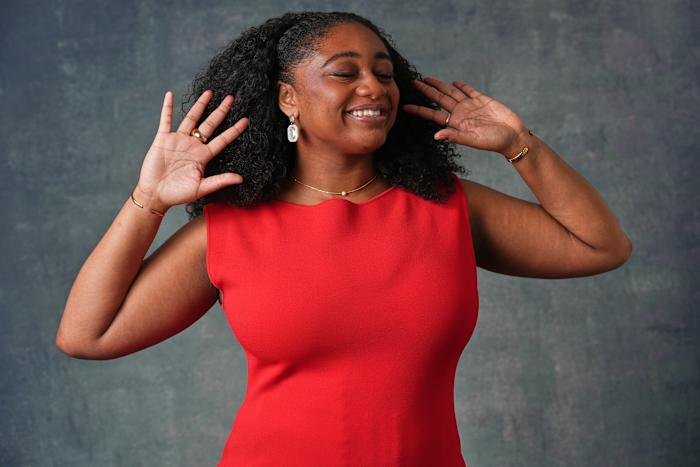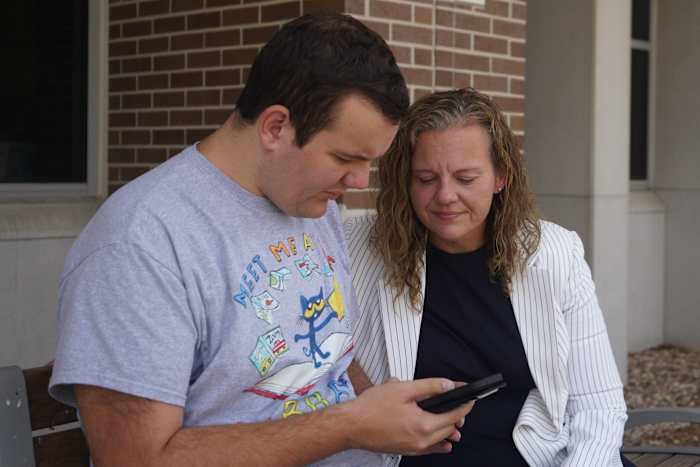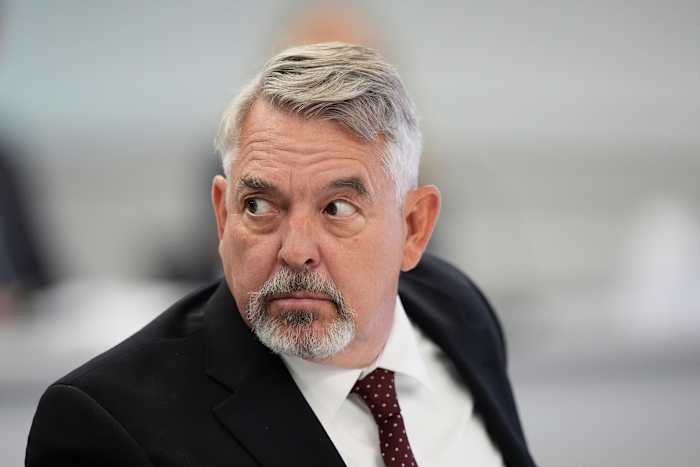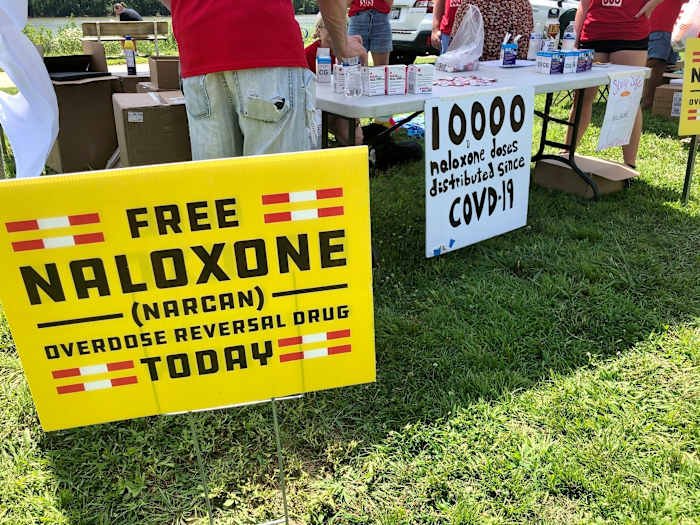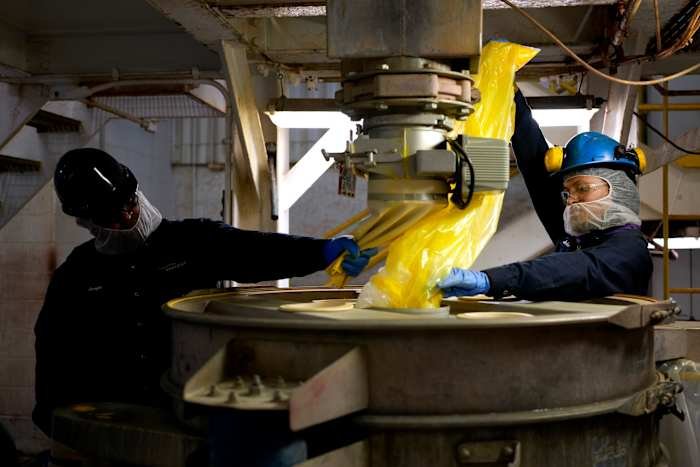Orlando, FL – As temperatures soar to record highs across the United States, millions are feeling the heat in more ways than one. In Orlando, residents are no strangers to stifling summer days, but for many marginalized communities, the impacts are especially severe. With temperatures frequently pushing past 90 degrees Fahrenheit, the importance of green spaces—parks, tree-lined streets, and community gardens—has never been clearer. These vital patches of nature not only provide welcome shade and recreation, but also play a critical role in cooling down our neighborhoods and improving public health.
The Heat Is Rising—And It’s Hitting Some Harder Than Others
Orlando’s subtropical climate means hot summers are a fact of life, but in recent years, the city has seen an increase in both average high temperatures and the number of extreme heat days. According to the National Weather Service, the number of days above 90 degrees in Central Florida has steadily climbed. While everyone feels the effects of these sweltering conditions, not all Orlando residents are impacted equally.
Studies have shown that lower-income neighborhoods and communities of color are often disproportionately affected by extreme heat. These areas tend to have fewer parks, less tree canopy, and more heat-absorbing surfaces like asphalt and concrete. The result? Urban “heat islands” where temperatures can be several degrees higher than in leafier, wealthier neighborhoods. For residents without access to air conditioning, these differences can be a matter of health and safety.
Why Green Spaces Matter More Than Ever
Green spaces aren’t just pretty—they’re powerful tools for combating heat. Trees and plants provide shade, absorb sunlight, and release moisture into the air through a process called evapotranspiration, all of which help cool the environment. According to the U.S. Environmental Protection Agency, neighborhoods with ample tree cover can be up to 9 degrees cooler than those without.
For Orlando’s marginalized communities, expanding green spaces can mean:
- Lower energy bills – More shade means homes stay cooler, reducing the need for air conditioning.
- Improved air quality – Plants filter pollutants, leading to healthier lungs and fewer asthma attacks.
- Healthier lifestyles – Parks and gardens offer safe places to exercise, gather, and relax.
- Reduced heat-related illnesses – Cooler environments decrease the risk of heat exhaustion and heat stroke, especially among seniors and young children.
In OBT (Orange Blossom Trail) neighborhoods and other underserved parts of Orlando, the difference can be life-changing.
Orlando’s Green Initiatives: Progress and Challenges
The city of Orlando has recognized the importance of green infrastructure. Efforts like the Green Works Orlando initiative aim to plant more trees, expand parks, and promote sustainability citywide. Projects such as the Lake Lorna Doone Park renovation and the development of new community gardens in Parramore are positive steps forward.
However, challenges remain. Funding for new parks is limited, and acquiring land in dense urban neighborhoods is difficult. Maintenance of existing green spaces can also be a struggle, particularly in areas with less political influence. Despite these obstacles, local groups are working hard to make a difference. Nonprofits like Fleet Farming and IDEAS For Us are partnering with residents to plant trees, create edible gardens, and transform vacant lots into community assets.
How Residents Can Get Involved
While systemic change is needed, there are ways Orlandoans can support greener, cooler communities:
- Volunteer with local organizations working on tree planting and garden projects.
- Advocate for more parks and urban forestry funding at city council meetings.
- Plant trees in your own yard or organize neighborhood planting events.
- Support local farmers markets and green businesses that prioritize sustainable practices.
Even small actions, like caring for a street tree or encouraging your HOA to plant more shade trees, can add up to a big impact over time.
Looking Ahead: A Cooler, Greener Orlando For All
As the climate continues to warm, Orlando will need to double down on its commitment to equitable green space access. This means prioritizing investments in the neighborhoods that need it most—especially those historically overlooked. It also means engaging residents in decision-making, ensuring that new parks and gardens truly reflect community needs.
For Orlando, green spaces aren’t just an amenity—they’re a necessity for public health, resilience, and social equity. By working together, we can help ensure that all of our city’s residents have the opportunity to find shade, breathe easy, and thrive, no matter their zip code.
What do you think? How has the heat affected your neighborhood, and what green spaces do you rely on? Share your experiences and ideas for a cooler Orlando in the comments below!

